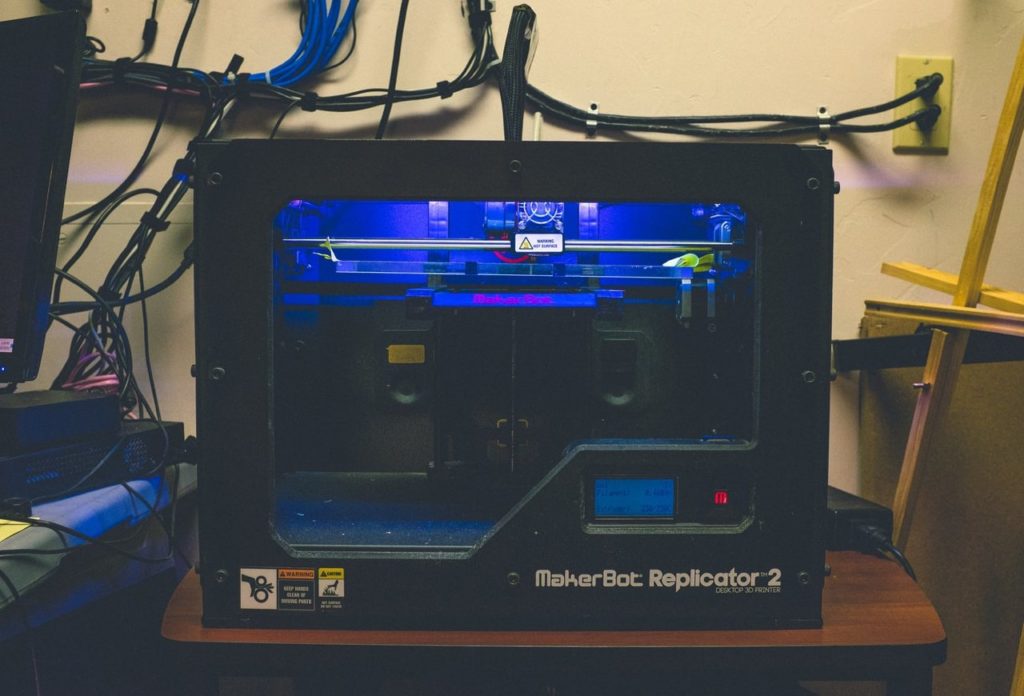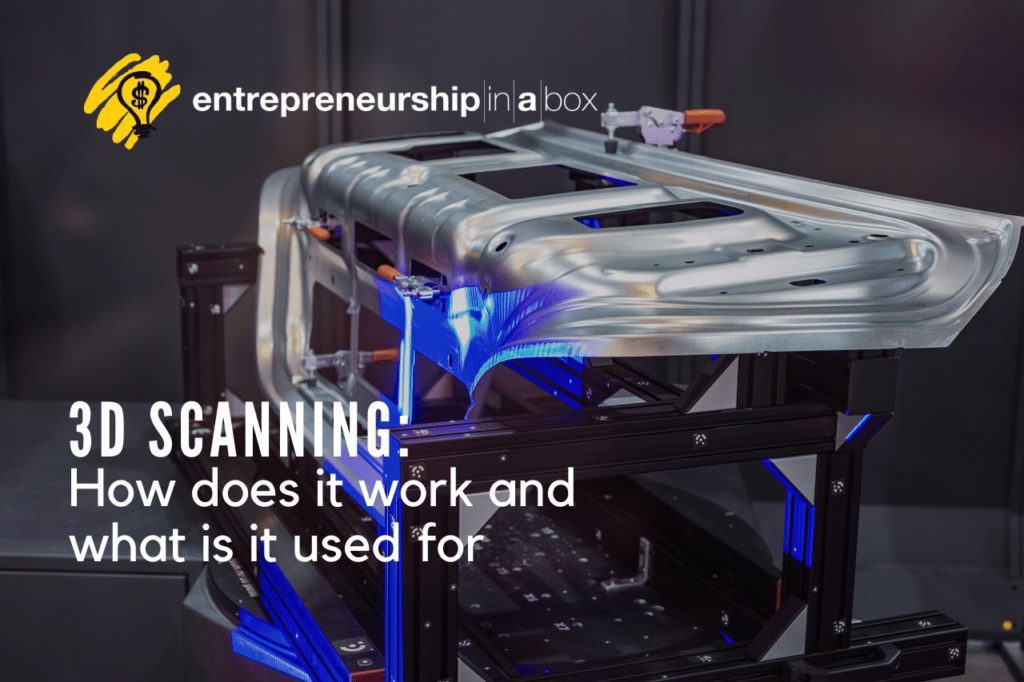In the modern era we live in, technology continues to push the boundaries of what we are capable of accomplishing. One prime example of this phenomenon is the 3D printer. 3D printing is exactly what it sounds like, which is the ability to print objects with a printer which are 3 dimensional instead of the standard 2 dimensions, which we have been using for the last decades.
This article will seek to explain how 3D printing and scanning works, and the different ways that it can be used to produce new products, and improve old ones. There are a variety of different uses for 3D scanners which can truly revolutionize the way you or your business operates. Read on to figure out how this useful miracle of modern technology can have a positive impact.
Planning
One of the most important things to consider when attempting to 3D scan something is to plan ahead so that you do not encounter any pitfalls along the way. This planning stage should include spending times considering things such as software choice, product choice, and the overall logistics of this endeavor. You should make sure that you have whichever object you wish to scan on hand, and also that it will be compatible and fit into your 3D scanning device.
Scanning
One of the primary uses of a 3D scanner is to scan different objects which are available in order to either replicate or edit the current schematics of the given object. This works in a similar way to conventional scanning, in the sense that your 3D scanner will use laser and different methods to build a digital representation of the object within the software supported by your 3D scanner and/or printer. Experts recommend researching 3D scanning companies in order to explore the different options available to you and to get the best possible bang for your buck. Different types of 3D scanners have many different variables, such as their cost, size, and capabilities. Depending on what exactly you need to get out of your 3D scanner or printer, or your budget, different models or brands may be more or less desirable. Check out your options and you should have no problem finding an effective product.
Designing
Once you have scanned your 3D object and imported the schematics into your software, it is time to design whichever thing you would like to print with your scanned object. This process can include switching up design features, changing proportions, and even picking the color scheme. This will allow you to create exactly what you want without having to make a huge amount of adjustments, saving you money and resources in the process. You can also consult online resources during this stage in order to help solve any logistical issues you might be having.
Printing
The next part of the process is the actual printing part when your designed object becomes a physical reality. This involves using the digital rendition of your object, including any design changes you may have made, to create a 3D object. There are different types of materials that different varieties of 3D printers require, so make sure you have the correct materials on hand in the proper quantities.

Tweaking
After printing your initial 3D object, the time to examine how effective and efficient your object is. This could include a number of different tests to make sure that it is durable enough, and serves its intended purposes. Depending on the types of issues you find, you can make tweaks within your software on the initial design, in order to improve and address any inherent pitfalls of the design. This should help you to create better and more efficient designs, which will allow you to create the best possible end product.
Hopefully, this article has been helpful and informative regarding the different ways in which you can use a 3D scanner, and how exactly the machine works. While these new devices can prove to be fairly expensive currently, as technology improves and manufacturing becomes more efficient, we will see prices of 3D scanners and printers quickly fall. Maybe one day you will be able to even 3D print a 3D printer in your own home to replace itself. The future is unsure, but one thing that is for certain is that things will continue to improve, technology will continue to develop, and we will increasingly be able to reap the many benefits of these new products. Be sure to always push yourself to continue to learn about new developments in your field, in order to ensure that you are always aware of the best possible options which are available to you.





